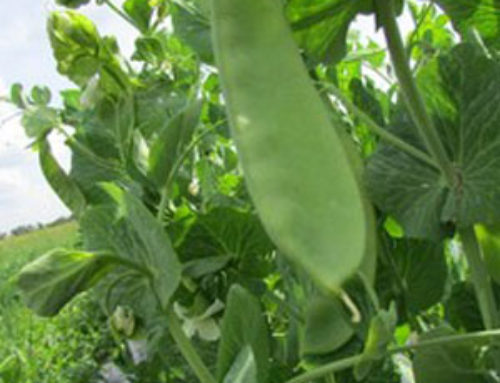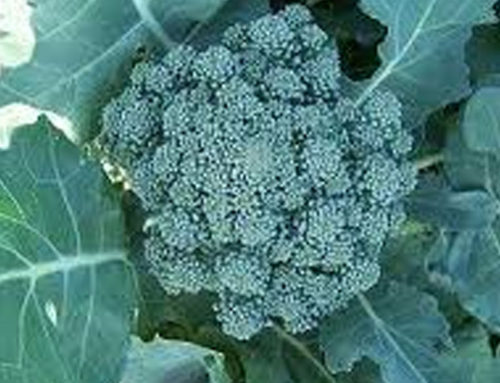With the exception of broad beans this legume is a spring summer crop and is one of the vegetables most gardeners look forward to growing. Planting your beans is a sign the warmer season is well underway. Beans come in Dwarf varieties and Climbing varieties with a huge range of colours, shapes and sizes in each category and we have and will persist in supplying as much variety as we can.
PLANTING. Beans are planted in Victoria soon as the soil warms in Spring and the danger of frost is over. In most of Victoria that will be September but places like the Dandenong Ranges it can be as late as late October unless frost protection is provided. Preparing the soil requires good organic matter, compost, some organic fertilizer if required and usually some lime as beans dislike acidity. I like to plant a choice of dwarf and climber at the same time knowing that the dwarf will produce in 6 weeks and the climber in 8 weeks. Timing is such that by the time I’ve finished the dwarf beans the climbers are ready for picking. Consider staggering your planting every 3 weeks or so to ensure crops right through summer even into Autumn. Climbing beans will need trellising up to 2 metres so it is good to get this sorted before planting so as not to interfere with the bean root system. Plant 3cm deep every 15cm apart. Water well and don’t water again unless very hot and soil is drying out fast. Bean seeds can drown due to overwatering before germination. After germination, this will not be a problem and continue to water. We are great believers in mulching either at planting stage or as beans seedlings develop to retain as much water as possible.
NUTRITIONAL VALUE. Fresh garden beans have impressive antioxidant capacities and research lists a long list of nutrients to back this. Included in this is the mineral silicon, very important for bone health and for formation of connective tissue. Also included are carotenoid and flavonoids which give some potentially unique anti-inflammatory benefits.
MORE ABOUT BEANS. Beans like most of the legume family add to rather the deplete the soil. Grown successfully they absorb nitrogen from the atmosphere which is then ‘fixed’ in the soil. I like to dig the roots back into the soil but if you uproot them you should be able to see the nitrogen as small nodules attached to the fine root system. Quite remarkable.
BROADBEANS. We know the weather is cooling when it’s time to plant broad beans from Autumn through to Winter in warmer areas, until early Spring. Again, we’ve endeavoured to supply some variety which includes the lovely Crimson Flower. There’s more to come and we have fun growing out new varieties.
PLANTING Plant the beans 3cm deep, 15-20cm apart with the same soil requirements as beans. Protect from winds that will occur in the future with stakes on each corner of the plot and rope intertwined through patch. Beans will grow through this which stops the upright plants from blowing over. Broad beans have similar nutritional values as beans and for some civilisations they were their only source of protein and a large part of their diet. Broad beans are especially lovely eaten young and I suggest looking for some of the great recipes available which includes fresh broad bean falafel!





